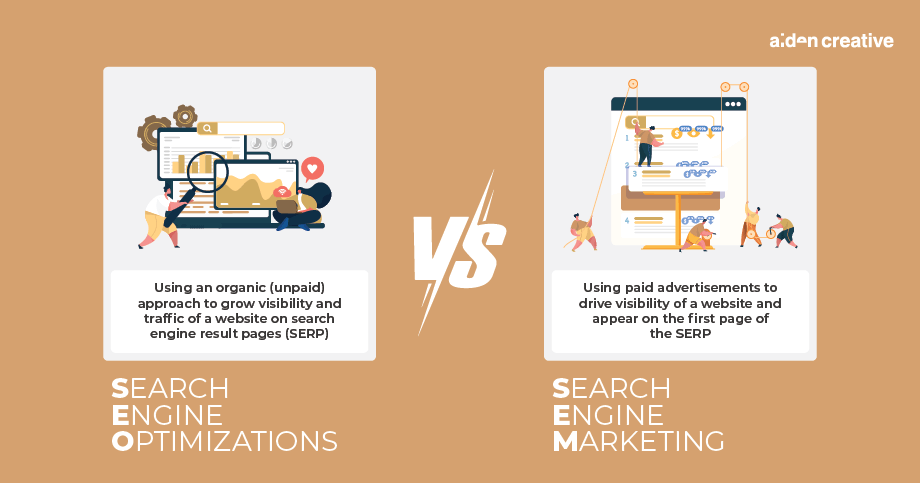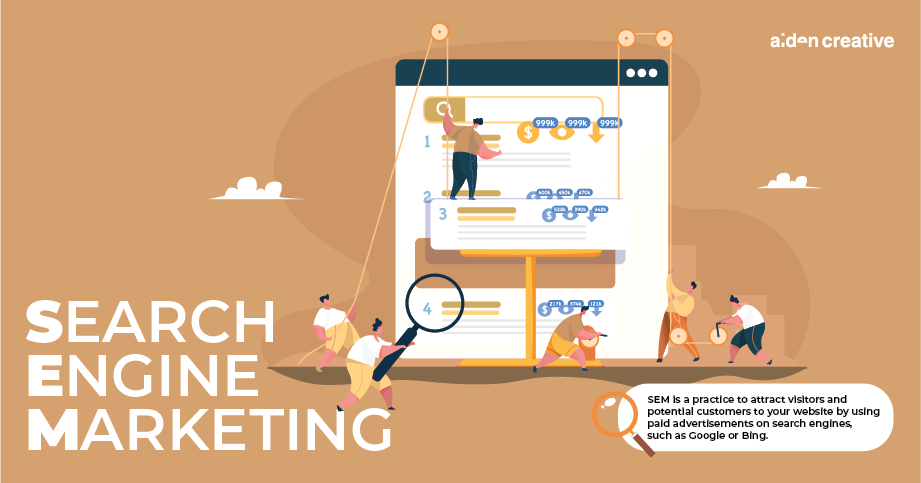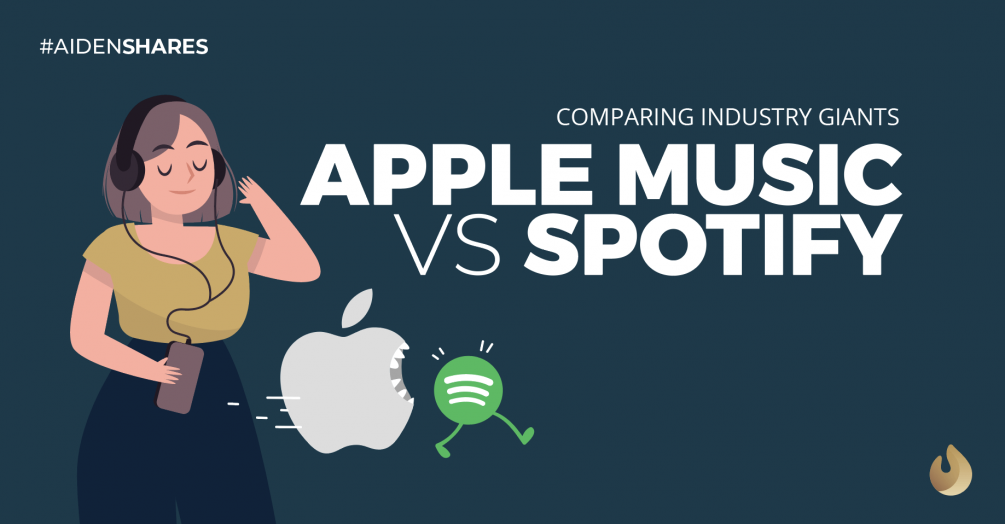What Are the Differences Between SEO vs SEM? 📓

Knowing the differences between search engine optimisations (SEO) vs search engine marketing (SEM) could help you craft a winning marketing plan. It is because the search engine has become an essential channel for a business in the digital space.
Therefore, let’s break down the differences between SEO vs SEM and determine how these two could be a game-changer for your brand.
Understanding search marketing 📈
To understand SEO vs SEM, we must first know what search marketing is. Search marketing is an essential part of digital marketing strategy, considering how search engines are helpful for our daily life and the importance of online presence for a business.
Overall, search marketing helps businesses in:
- Attracting target audiences
- Increase traffic to websites
- Ultimately, grow the businesses
To gain a competitive advantage in search marketing, you can utilise SEO and SEM. Although they are a different thing, both help your business seizing the benefits of search marketing.
The main difference is that SEO is an organic approach to appear on search engine results pages (SERP), and SEM uses paid methods to appear on the SERP.
The similarities between SEO and SEM
Before we take a look at the other differences, let’s see some similarities between them:
- Find your best to target keywords from keyword research/planner
- Visibility improvement for your website on the SERP through keywords optimisations and targeting
- Increase the number of traffics to your website
- SEO and SEM require iterative implementations and optimisations to be successful for your search marketing strategy, for instance, ongoing monitoring and improvement
Recommended reading: What is SEO in Marketing?
The differences between SEO and SEM
SEO uses several (whitehat) techniques to appear on the SERP
- Using SEO, you can achieve better placement on the SERP by implementing some techniques, such as:
- Keywords research and optimisations and quality content creation for on-page SEO
- Optimising technical structure of your website, like indexing, crawlability, speed, and mobile-friendliness for technical SEO
- Building your website’s reputation for off-page SEO with backlinks
SEM uses an advertising platform
SEM requires you to set up an account on advertising platforms, like Google Ads. Once you set it up, you have to run an advertising campaign that aligns with your strategy. You also need to do keyword or competitor research to deliver your campaign to the targeted audience.
SEM results are marked as an ad
Have you ever searched something on Google, and the top results have an icon “Ad” next to them? They are the result of SEM.
If there are no “Ad” icons, they are pages or contents optimised through SEO practices. Some visitors might not want to click on it because it’s an ad.
In SEO, you do not have to pay when users visit your page
Some examples of SEM campaigns on Google are Search Ads, Shopping Ads, and Display Ads. When the campaign is running, it will be shown on the SERP. Every time the searchers click your ads, your business will have to pay for it.
Hence, SEM is also known as pay-per-click (PPC).
SEM can be planned into targeted audiences
There is no option to precisely choose who will see your pages through SEO. On the other hand, you can create a filter for ads in your SEM strategy. For instance, when planning a campaign for SEM, you can assign filters for selected demographics.
SEO takes time, and SEM provides an instant result
In SEO, it needs time, especially when considering the O in SEO which stands for optimisations. It can take months of hard work to achieve the expected results.
On the other hand, for SEM, you can see an instant result. In terms of the visibility of a website, SEM campaigns can help your website or landing pages be found on the top position of the SERP from a well-planned strategy.
Therefore, you should consider running an SEM campaign for a new website. It will help in bringing traffic for the first few months. The side (good) effect of running SEM, it indirectly helps the organic performance or SEO of your website in the long run.
SEO delivers growth over time
As we already mentioned, you can set up an SEM campaign to make your website visible on the top page of the SERP. However, your website might not be on the 1st page of the search result when you stop the campaign.
With best SEO practices, your pages can grow from their initial rank to the top of the SERP over time and stay visible on the 1st page.
Recommended reading: Understanding Search Engine Marketing
SEO vs SEM: which one to use for a business?
They can go hand in hand with the big picture of your integrated marketing. Implementing them can help you reach the overall objectives of the search marketing strategy. Therefore, it is better if we see it as SEO and SEM instead of SEO vs SEM.
Still, there are some cases where one is more suitable than the other in certain marketing tactics:
- SEO for the long-term growth of your business
- SEM for quick results, such as promoting timed sales on your website
- If your website has excellent organic visibility, maintain its position through good SEO practices
- If there is a lot of competition for the target keywords of your business, prioritising SEM may be preferable
- More investment in SEO rather than SEM if the cost-per-click (CPC) in your industry is very high






